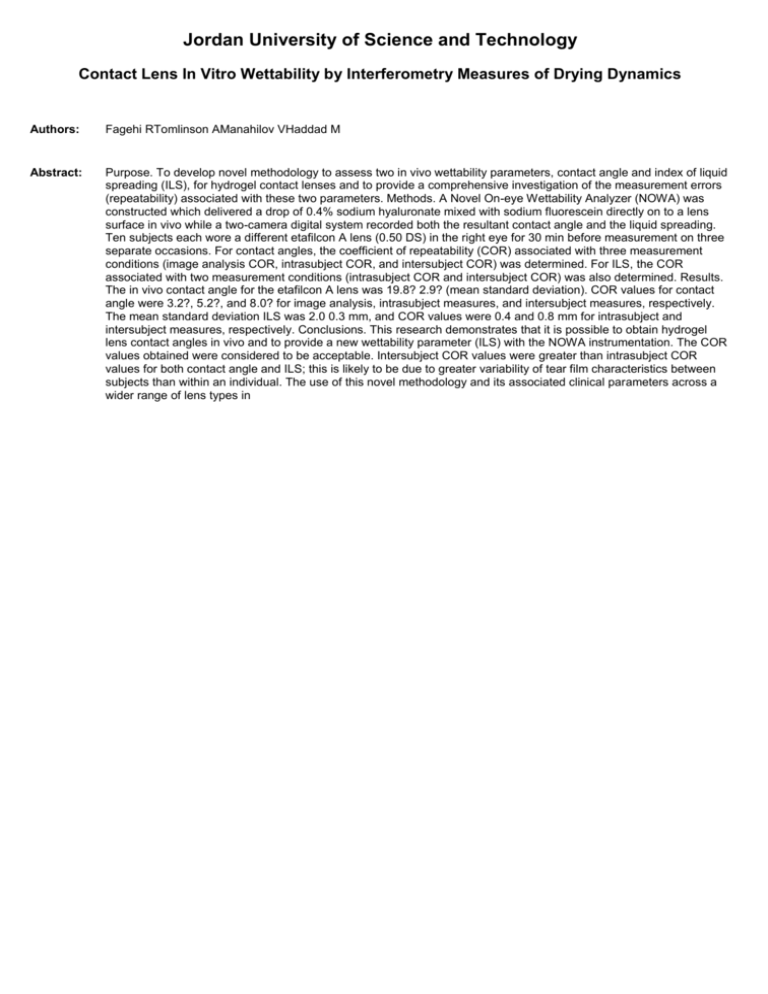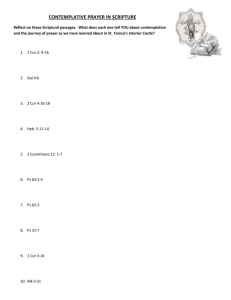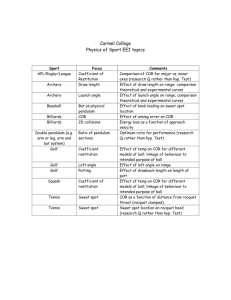Jordan University of Science and Technology Abstract: Authors
advertisement

Jordan University of Science and Technology Contact Lens In Vitro Wettability by Interferometry Measures of Drying Dynamics Authors: Fagehi RTomlinson AManahilov VHaddad M Abstract: Purpose. To develop novel methodology to assess two in vivo wettability parameters, contact angle and index of liquid spreading (ILS), for hydrogel contact lenses and to provide a comprehensive investigation of the measurement errors (repeatability) associated with these two parameters. Methods. A Novel On-eye Wettability Analyzer (NOWA) was constructed which delivered a drop of 0.4% sodium hyaluronate mixed with sodium fluorescein directly on to a lens surface in vivo while a two-camera digital system recorded both the resultant contact angle and the liquid spreading. Ten subjects each wore a different etafilcon A lens (0.50 DS) in the right eye for 30 min before measurement on three separate occasions. For contact angles, the coefficient of repeatability (COR) associated with three measurement conditions (image analysis COR, intrasubject COR, and intersubject COR) was determined. For ILS, the COR associated with two measurement conditions (intrasubject COR and intersubject COR) was also determined. Results. The in vivo contact angle for the etafilcon A lens was 19.8? 2.9? (mean standard deviation). COR values for contact angle were 3.2?, 5.2?, and 8.0? for image analysis, intrasubject measures, and intersubject measures, respectively. The mean standard deviation ILS was 2.0 0.3 mm, and COR values were 0.4 and 0.8 mm for intrasubject and intersubject measures, respectively. Conclusions. This research demonstrates that it is possible to obtain hydrogel lens contact angles in vivo and to provide a new wettability parameter (ILS) with the NOWA instrumentation. The COR values obtained were considered to be acceptable. Intersubject COR values were greater than intrasubject COR values for both contact angle and ILS; this is likely to be due to greater variability of tear film characteristics between subjects than within an individual. The use of this novel methodology and its associated clinical parameters across a wider range of lens types in








